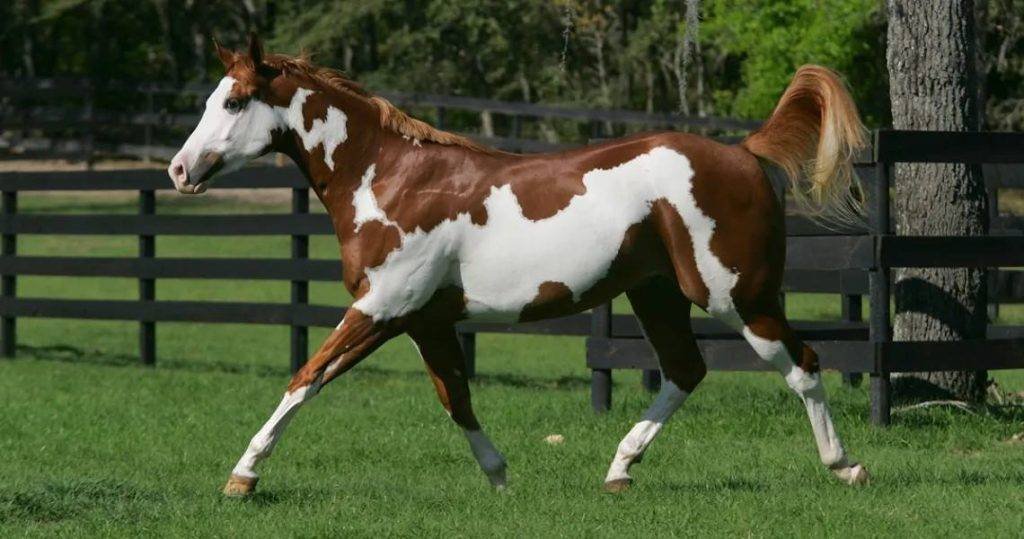What is Gelding a Horse?
Gelding a horse is a procedure in which a male horse (colt or stallion) has its testicles removed. This surgical process makes the horse a gelding, which is a castrated male horse. Gelding is a common practice in horse breeding and training, and it comes with many benefits for both the horse and its handler. It is often done for reasons related to behavior, health, and management, and understanding the procedure and its effects can provide important insights for those who work with horses.
Why is Gelding Done?
Gelding a horse is typically performed for several reasons, all of which focus on improving the horse’s temperament, behavior, and health. Here are the main reasons why horse owners may choose to geld their horses:
- Improved Behavior: Stallions, which are intact male horses, can sometimes be difficult to manage due to their high levels of testosterone. Testosterone is the hormone responsible for the behavior associated with stallions, such as aggression, dominance, and a strong desire to mate. These behaviors can make a stallion more challenging to train and handle, particularly in group settings. Gelding a horse significantly reduces the production of testosterone, leading to calmer, more manageable behavior. A gelding is typically easier to train and work with than a stallion because they are less likely to exhibit aggressive or disruptive behavior.
- Health Benefits: Gelding can also have health benefits for horses. Male horses, particularly stallions, are prone to certain health issues related to their reproductive organs, such as testicular cancer or problems with the prostate. Removing the testicles reduces the risk of such health issues. Additionally, geldings are generally less likely to engage in rough behaviors, such as biting or kicking, that can lead to injury, which in turn helps maintain their physical health.
- Avoiding Unwanted Breeding: By gelding a male horse, owners can ensure that their horse does not contribute to unwanted pregnancies. Horses can breed at a young age, and if a stallion is not properly managed, there is a risk of accidental breeding with mares (female horses), which can result in unwanted foals. Gelding is an effective way to prevent this issue and maintain control over breeding practices.
- Better Compatibility with Other Horses: Geldings are often more socially compatible with other horses, particularly mares, than stallions. Stallions, due to their desire to mate, can be aggressive or overly possessive towards other horses, which can disrupt the peaceful balance of a herd. Geldings, on the other hand, are generally more relaxed and cooperative, making them easier to integrate into mixed groups of horses.
- Easier to Train for Specific Tasks: Many horse owners geld their horses to make them easier to train for specific tasks, such as working on a ranch or competing in various equestrian events. Geldings are often more focused and less distracted than stallions, which allows them to excel in training and performance.
How is Gelding Done?
Gelding is a routine surgical procedure, but it should always be performed by a licensed veterinarian. The procedure involves the removal of the horse’s testicles, and it can be done in one of two ways: through an open castration or a closed castration. Both methods are safe when performed by a skilled professional, and they are typically done under general anesthesia or heavy sedation to ensure the horse remains calm and pain-free during the surgery.
- Open Castration: In an open castration, the veterinarian makes an incision in the skin of the scrotum and removes the testicles through the opening. This method is more commonly used and allows for easier removal of the testicles.
- Closed Castration: In a closed castration, the veterinarian makes a small incision and removes the testicles while keeping the sac containing them intact. This method is less common but can be used in specific cases.
Regardless of the method used, gelding is typically a quick and straightforward procedure. The horse will usually recover within a few weeks, although it is important to monitor the animal for signs of infection or complications. After the procedure, the horse is given time to heal and rest, and pain management is provided to ensure its comfort.
What to Expect After Gelding?
After gelding, horses generally recover quickly, but there are a few things to expect during the healing process. Here are some important considerations:
- Recovery Time: The recovery time after gelding can vary from horse to horse, but most horses are able to return to normal activity within a few weeks. However, it is important to limit strenuous exercise during the recovery period to allow for proper healing.
- Post-Surgery Care: Horses who have undergone gelding will need to be monitored for any signs of complications, such as swelling, infection, or excessive bleeding. The veterinarian will provide guidelines on post-surgery care, including how to keep the wound clean and when to change any bandages if necessary.
- Behavior Changes: Once the hormone levels in the horse’s body stabilize, most geldings will exhibit calmer behavior. However, it can take several weeks for the full effects of gelding to be seen. Some horses may still show some stallion-like behavior for a period of time after the procedure, but this usually diminishes as time goes on.
- Long-Term Health and Happiness: Gelding a horse can lead to a longer, healthier life. Since geldings are less prone to injury and disease related to their reproductive organs, they tend to enjoy better overall health. Additionally, geldings are often more content and less stressed because their hormonal urges are reduced.
Are There Any Risks?
Like any surgery, gelding comes with certain risks. However, these risks are generally low when performed by a qualified veterinarian. Possible complications include infection, excessive bleeding, or a reaction to anesthesia. To minimize these risks, it is important to follow the veterinarian’s advice during the recovery period and keep the horse in a clean, safe environment.
Gelding a horse is a common and beneficial procedure that can improve the horse’s behavior, health, and overall quality of life. By removing the horse’s testicles, gelding reduces aggression, prevents unwanted breeding, and helps the horse become more compatible with other horses. The procedure itself is relatively simple and is usually followed by a smooth recovery, allowing the horse to continue living a happy, healthy life. For horse owners, understanding the reasons for gelding and the benefits it brings can help them make informed decisions for the care and management of their horses.




